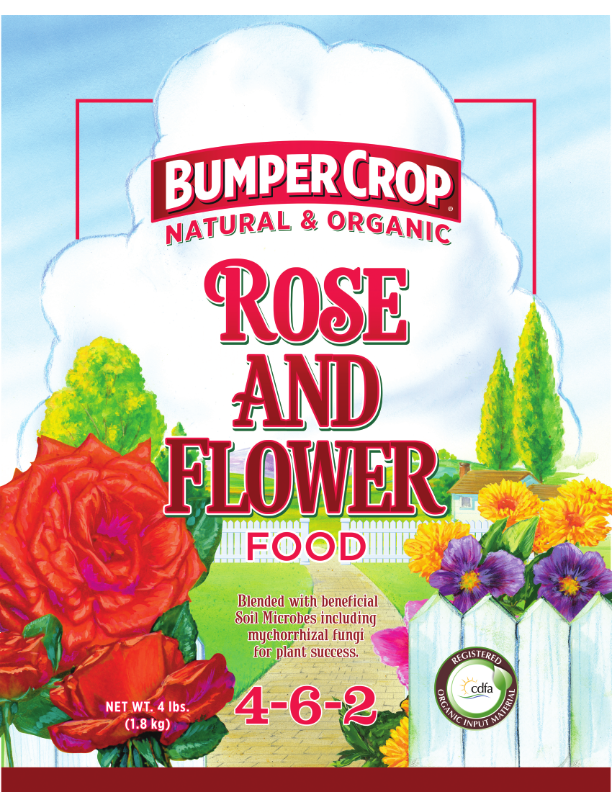The Ultimate Cultivation Guide for Dianthus:
1. Choose the Right Variety: Select from the wide array of Dianthus varieties available, including annuals, biennials, and perennials, each with its unique characteristics and growing requirements.
2. Optimal Growing Conditions: Dianthus thrives in well-drained soil with a neutral to slightly alkaline pH. Choose a location with full sun exposure for best flowering performance or at minimum 6 hours of direct sun.
3. Planting Time: Plant Dianthus in early spring or fall to allow for establishment before  extreme temperatures. Ensure there is no risk of frost during planting.
extreme temperatures. Ensure there is no risk of frost during planting.
4. Soil Preparation: Prepare the soil by incorporating organic matter such as Bumper Crop compost to improve drainage and fertility. Local soils tend to be clay which can rot dianthus. Be sure to incorporate Pine Fine Mulch at the time of planting to fix drainage and aeration.
5. Spacing and Depth: Space Dianthus plants according to their mature size, typically around 12 to 18 inches apart. Plant them at the same depth as they were in their nursery containers.
6. Watering: Provide consistent moisture, especially during periods of drought or intense heat. Water deeply but infrequently to encourage deep root growth and drought tolerance.
7. Mulching: Apply a layer of Pine mulch around Dianthus plants to conserve moisture,  suppress weeds, and maintain a uniform soil temperature. Avoid mulch contact with plant stems to prevent rot.
suppress weeds, and maintain a uniform soil temperature. Avoid mulch contact with plant stems to prevent rot.
8. Fertilization: Dianthus generally doesn’t require heavy fertilization. Apply a balanced, organic fertilizer (Rose and Flower food) in spring to promote healthy growth and abundant flowering.
9. Deadheading and Pruning: Remove spent flowers regularly to prolong the blooming period and encourage repeat flowering. Prune back leggy or overgrown stems to maintain a compact and tidy appearance.
10. Pest and Disease Control: Monitor for pests such as aphids, thrips, and spider mites, and treat as needed with organic controls or insecticidal soap. Watch for signs of fungal diseases like powdery mildew and rust, and ensure good air circulation to prevent outbreaks.
11. Winter Care: In colder climates, provide winter protection by mulching around the base of Dianthus plants to insulate the roots from freezing temperatures.
12. Division and Propagation: Divide mature Dianthus plants every few years to rejuvenate growth and prevent overcrowding. Propagate Dianthus through stem cuttings or seeds for new plants.
13. Enjoying the Blooms: Revel in the beauty of Dianthus blooms, which come in a variety of colors and fragrances, attracting pollinators and adding charm to your garden beds, borders, and containers.
With this ultimate cultivation guide, you’ll be well-equipped to cultivate healthy and vibrant Dianthus plants, adding beauty and elegance to your garden year after year.






